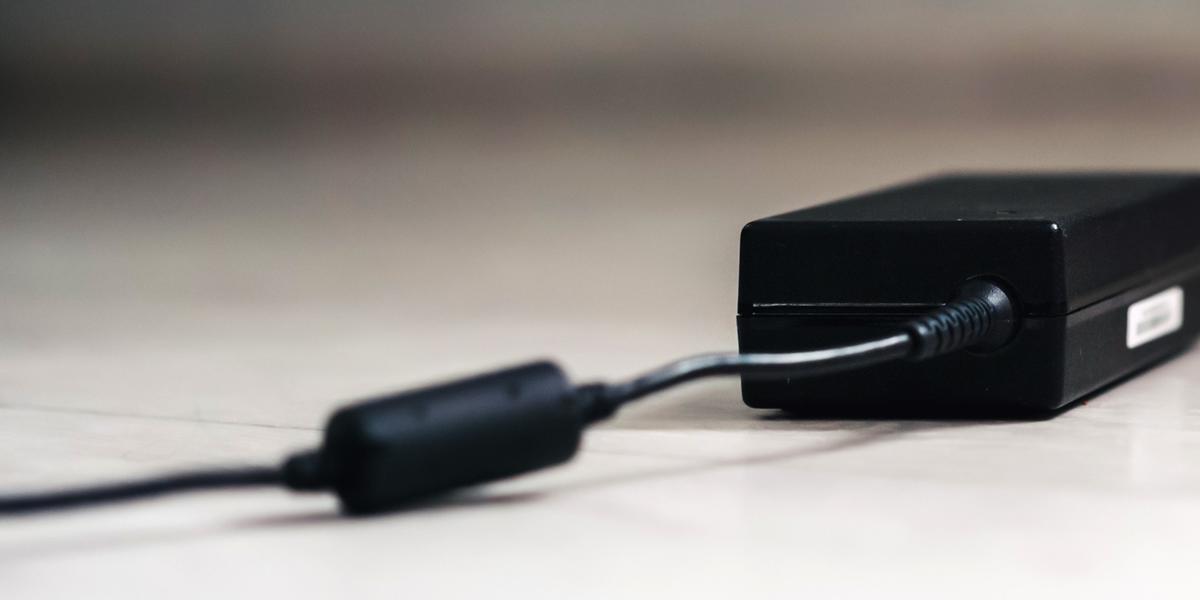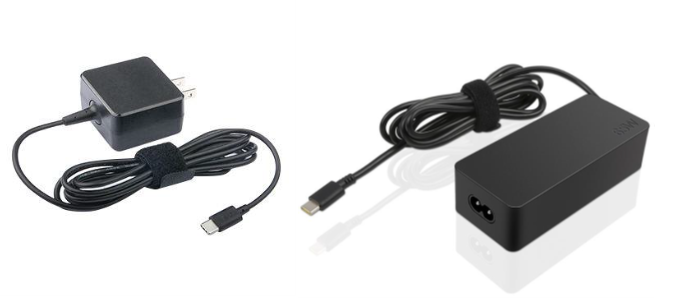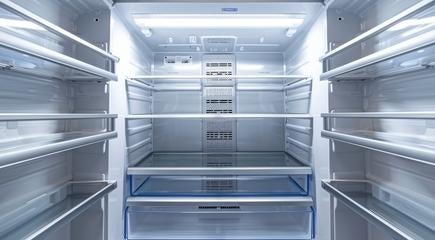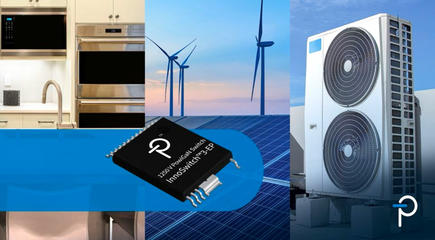DOE Appliance Standards – External Power Supplies

The U.S. Department of Energy (DOE) held a public webinar on March 24 to review its preliminary analysis for External Power Supply (EPS) energy conservation standards. With the strong advancement in power supply technologies, devices, and integrated circuits over the last several years, it is an opportunity for the DOE to update its assumptions about the energy required for EPSs. The current rulemaking phase precedes any Notice of Proposed Rulemaking or Determination (NOPR/NOPD), with the comment period for the preliminary analysis closing on April 26. In parallel, changes have been proposed in the test procedure Supplemental Notice of Proposed Rulemaking (SNOPR). Among the suggested changes is the adoption of an alternate test procedure for USB PD adaptive EPSs.
As part of the preliminary analysis, the DOE performed a market and technology assessment for various EPS product classes differentiated by output voltage, output current, and number of simultaneous output voltages. AC-DC EPSs accounted for greater than 95% of the model count, dominating the market. In its technology assessment, the DOE identified a number of technology options used to improve energy efficiency, including better magnetics (e.g. transformers), better device technologies such as Gallium Nitride and Silicon Carbide, and modern controllers for switched-mode power supplies and active power factor correction.
Beyond the technology assessment, the DOE also performed an engineering analysis, evaluating a representative sample of EPS models vs. efficiency levels and then classifying resulting candidate standard levels (CSLs) ranging from CSL 0 to CSL 4. CSL 0 represents current standards; CSL 1 aligns with EU Code of Conduct Tier 2 standards; CSL 2 represents the Top 50%; CSL 3 reflects Best in Market; and CSL 4 represents the Maximum Technology (see Figure 1).
After performing product teardowns to determine manufacturing costs, the DOE then estimated cost-efficiency relationships for a primary product class, extrapolating those results to other product classes. With incremental manufacturer production cost (MPC) characterized for higher-efficiency EPSs, a markups analysis yielded equivalent consumer prices for all efficiency levels.

U.S. DOE. 2022. Technical Support Document (TSD): Energy Efficiency Program for Consumer Products and Commercial and Industrial Equipment: External Power Supplies. Figure 5.6.1, p.143. 8 February. Retrieved from: https://www.regulations.gov/document/EERE-2020-BT-STD-0006-0012
Then, with an energy use analysis, reflecting usage profiles and loading points, the DOE calculated annual energy consumption at each CSL. Having also analyzed the life-cycle cost and payback period for consumers, the DOE made projections on product shipments, ultimately leading to the national impact analysis. By determining the project national energy savings and consumer national net present value, the DOE could better understand both the potential energy and economic impacts.
With the opportunity for quads of energy savings, it is no wonder the DOE is looking carefully at setting new standard levels. Trial standard levels will be assembled from all product classes and efficiency levels to understand what is possible in various scenarios, for example at the most energy efficient level, with the lowest life-cycle cost, etc.
To submit written comments to the DOE by April 26, please utilize the Federal eRulemaking Portal at http://www.regulations.gov, or send email to EPS202STD006@ee.doe.gov. In all correspondence, please refer to this rulemaking for Standards for EPSs with a Docket Number EERE-2020-BT-STD-0006 and Regulation Identification Number (RIN) 1904-AD87.






